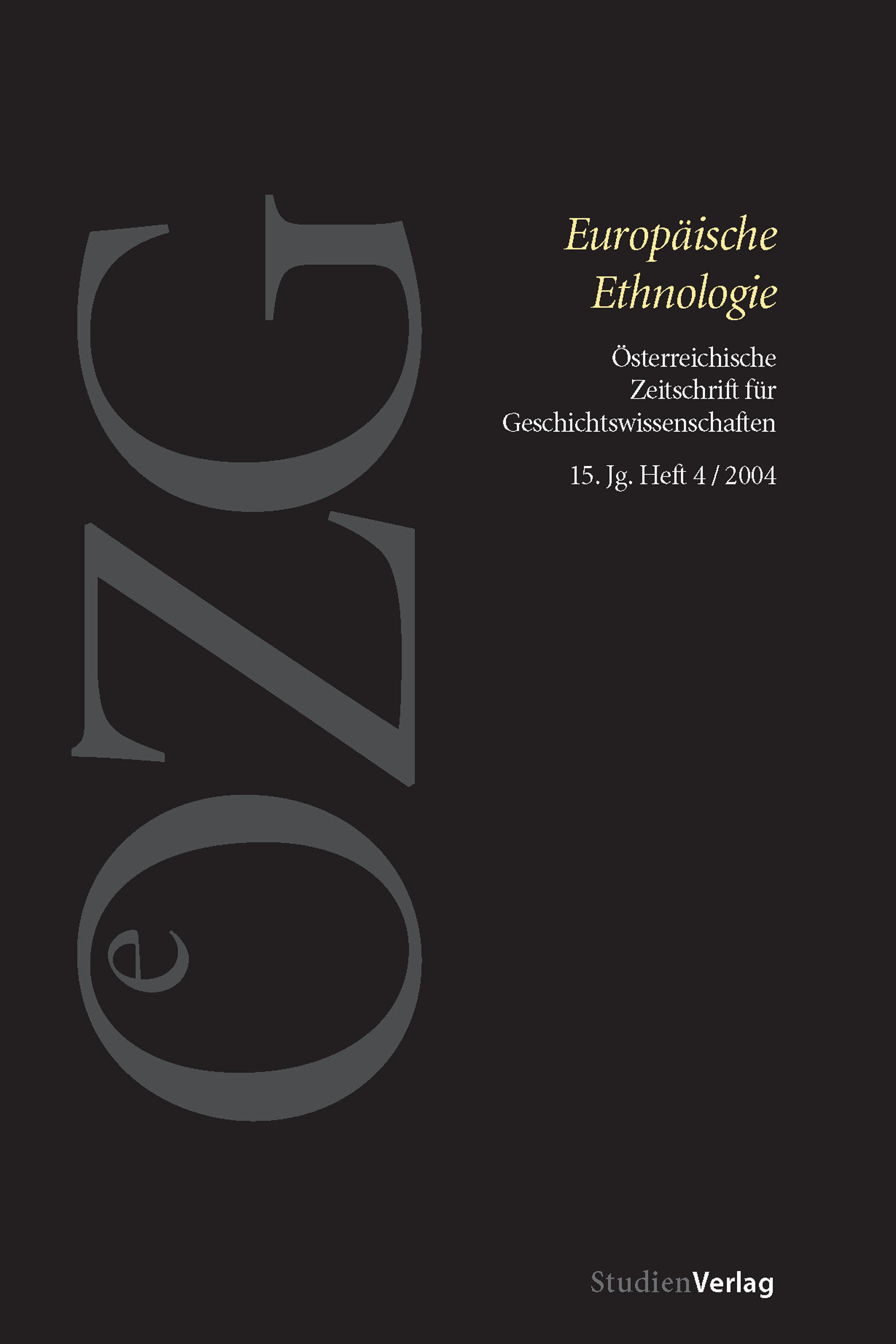Stacheldraht: Die Analyse materieller Kultur und das Prinzip der Dingbedeutsamkeit
DOI:
https://doi.org/10.25365/oezg-2004-15-4-4Abstract
The current scholarly fascination with objects as textual sources and as artifacts of meaning serves as the starting point for my reflections about the semiotic labor of things, which I examine in the context of contemporary disciplinary history. The German concept »Dingbedeutsamkeit« or the semiotics of things refers to those structured relations between human beings and material objects which are not solely contained by instrumental fields of interactions. This would include the cultural work of objects in forging mentalities, in shaping sentiments, and in organizing modes of behavior. These effects of things, through form, function, and appearance, are rendered conceptually apprehensible by the notion of the semiotic labor of objects. Focused on the example of barbed wire as a modern instrument of discipline, my research touches on civilian as well as military practices and attitudes by inter- rogating cultural processes of inscription and different kinds of symbolization.


